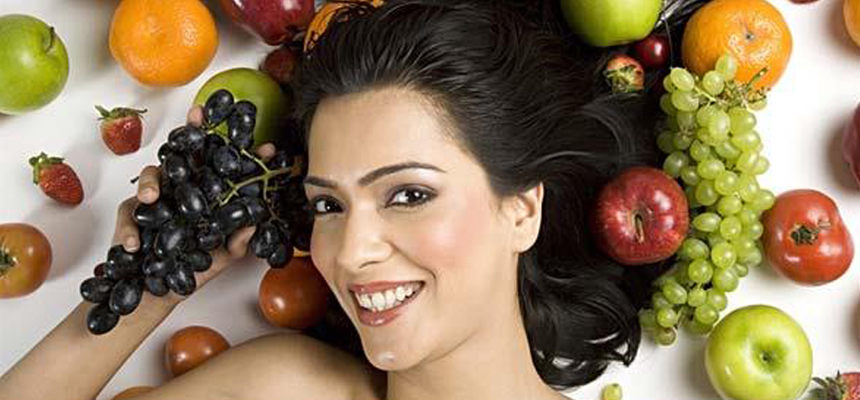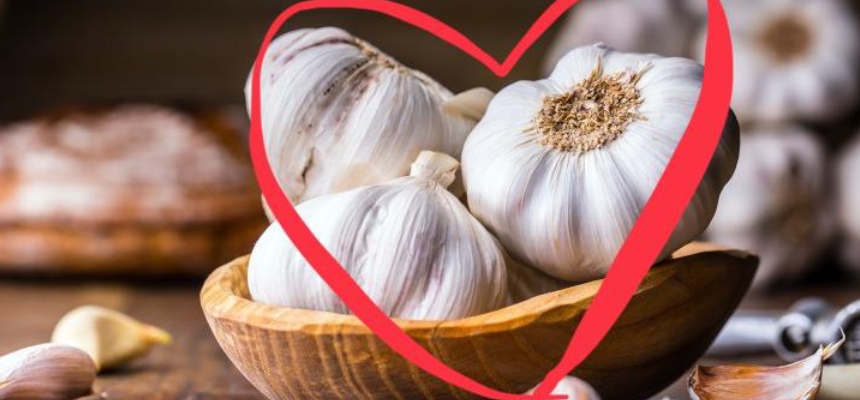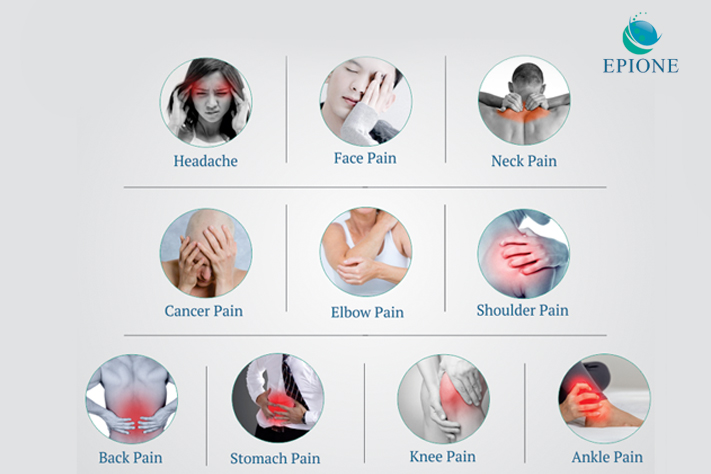The right selection of Diets for each skin type

We Indians have been altering the type of food we consume based on seasons, and that has been going on for centuries. Also because of our vast knowledge about the types of food and their health benefits, which has been made use of in our traditional medicine, we understand the implications of using different natural substances on our skin as an application as well as when used for consumption.
Many people deal with a variety of skin issues, and genetics has a lot to do with that. One major way we can help to manage our own skin health is by considering how our diet affects our skin. Excessive greasy meals like pizzas, puris, and bhatooras are known to lead to breakouts and other skin ailments, but there are many unsuspecting foods, like certain dairy products, that can also make your face and body erupt.
It has long been known that poor diet and high levels of stress show up on our skin, and though we often can't control the things in life that increase our tension, we can control our diets. The increasing use of Antioxidants has significantly improved the skin health of people who consume these on a regular basis. The beauty of the skin is best improved from inside out rather than from outside in. Different foods are absorbed in different rates, and moreover, they have different concentrations and type of fats, proteins, and micronutrients. These, when absorbed, act on different parts of the skin, so as to stimulate different skin organelles and alter their function.
 Dr. Mohan Thomas, Senior Cosmetic Surgeon, Cosmetic Surgery Institute, Mumbai, talks about Foods for different skin types as follows:
Dr. Mohan Thomas, Senior Cosmetic Surgeon, Cosmetic Surgery Institute, Mumbai, talks about Foods for different skin types as follows:
Oily Skin
A diet tailored to Oily Skin is largely focused on foods that one should avoid. I often see patients who come in to address oily or uneven skin, acne or clogged pores, and after some discussion, I usually find that they have diets heavy in processed, salty, or carb-heavy foods. They may lead busy lives, without much free time to prepare food, and end up falling back on easy, readily accessible options. Avoiding ‘fast’ and processed options, while adding whole foods, healthy fats, lots of antioxidants, and low-glycemic, whole-grain carbs back into the diet should balance out the skin and decrease excessive oil production.
Alternatively, oily skin can also be linked to consumption of dairy products. Reducing intake of milk, cheese, butter and cow’s milk yogurt (there are many non-dairy yogurt options available) can help contribute to slowing excessive oil production.
Foods To Eat For Oily Skin:
Almonds, Coconut, Sweet Potatoes, Quinoa, Blueberries, Blackberries, and green tea.
Combination Skin
A diet tailored to Combination Skin should be well-balanced and focused on keeping the different aspects of skin in harmony. Lean protein, fresh greens, cruciferous vegetables, and antioxidant-rich fruits should make up 95% of the diet. Carbohydrates should be limited as much as possible, and when they are consumed, should be low-glycemic, high protein carbs like quinoa, brown rice, or millet. Water intake is also very important in balancing skin. Try for 3-4 liters of water per day.
Foods To Eat For Combination Skin:
Broccoli, Cabbage, Spinach, Carrots; Fish like Salmon, Trout, and Sardines; Chicken, Eggs, Olive Oil, Quinoa, Brown Rice, Millet, Ragi, and Peanuts.
Dry Skin
Dry Skin needs to be nourished with inner hydration. Foods rich in omega fatty acids are important to add into the diet, in addition to drinking plenty of filtered water – a minimum of 3-4 liters per day. These are your two best tools to help skin build up and retain moisture in the long-term.
Foods To Eat For Dry Skin:
Mackerel and Sardines; Eggs, Avocados, Almonds, Cashews, Olive Oil and Coconut Oil.
For Appointment: Dr. Mohan Thomas, Senior Cosmetic Surgeon, Cosmetic Surgery Institute, Mumbai,

 Disclaimer: Welthi.com does not guarantee any specific results as a result of the procedures mentioned here, and the results may vary from person to person.
Disclaimer: Welthi.com does not guarantee any specific results as a result of the procedures mentioned here, and the results may vary from person to person.









